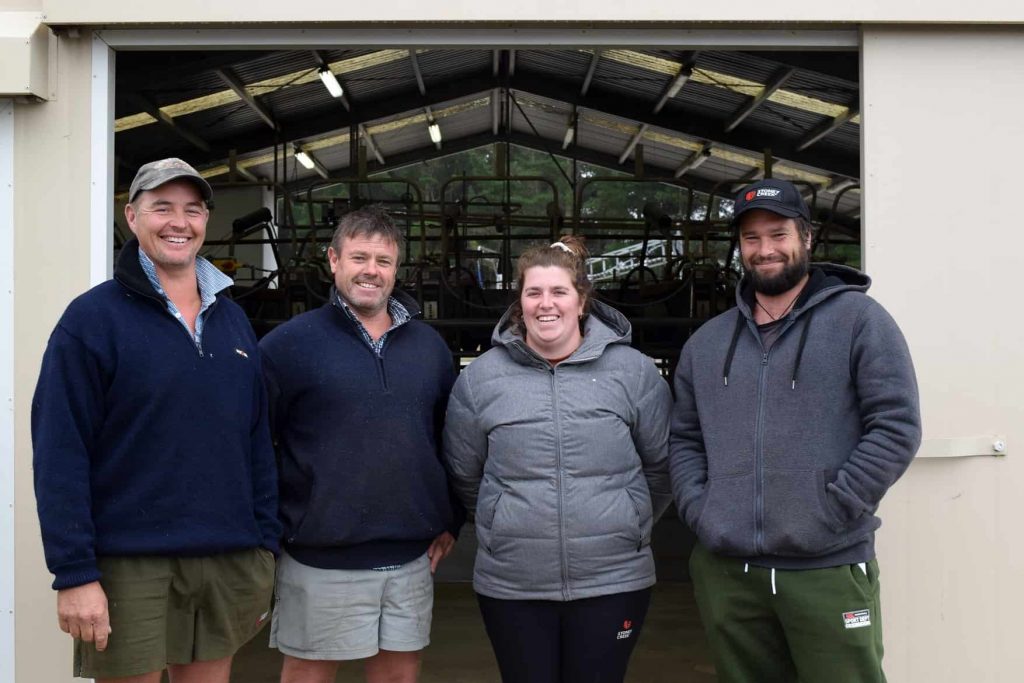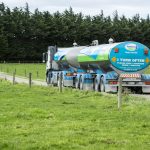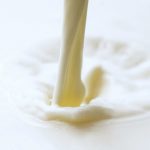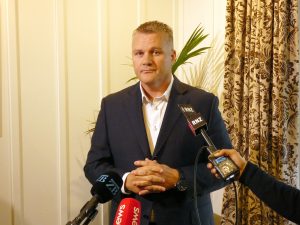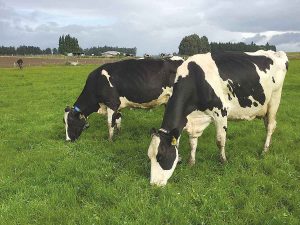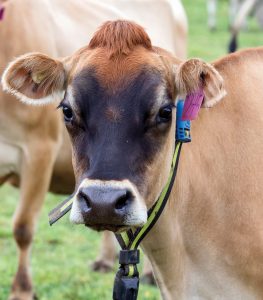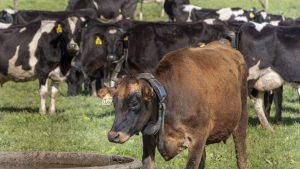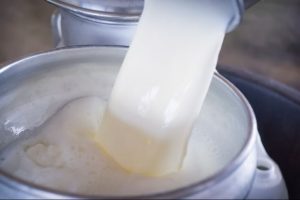
Smart cow collars make it easier to employ staff as it makes a job more attractive, a South Otago dairy farm owner says.
Farm owner Brendon Anderson said he and his wife Kate converted the farm from sheep and beef to dairy in 2010.
The reasons for converting the farm included making it more profitable and making secession planning easier.
He invested in Allflex collars for his herd and was in his second season using the technology.
There had been some teething problems with the drafting system but it was more an issue with calves charging a gate and a collar being shielded behind another calf and having its data transmission blocked.
A charging calf could aid culling decisions, he said.
To ensure shelterbelts on the farm were not blocking the transmission between the collars and the central computer system in the milking shed, a mobile collar reader, moved on a hay trailer, was placed in elevated spots on the farm so it could harvest information from the collars overnight, ensuring information was accurate when the cows came in for their first milking of the day.
The collars made managing the farm simpler and removed some pressure from staff, especially at mating time when staff traditionally needed to detect which cows were on heat, which took them away from the task of getting milk in the vat.
“Old school dairying is pretty hard yakka.”
Now the collars showed which cows were in heat, reducing the workload, which made a contract milker happier in their work, Mr Anderson said.
Some staff were better than others when it came to detecting if a cow was on heat so the collars removed that variation and provided some consistency and reduced risk during a busy time.
The collars made it easier to employ staff because it made the job more appealing, Mr Anderson said.
A recent job advertisement seeking a contract milker for the farm attracted 50 applicants.
Contract milker Craig Shanks and his wife Laura were calling time after a decade in the role.
“I’m retiring from dairy farming,” Mr Shanks said.
The couple had been dairy farming for 20 years.
“We’ve got two adult kids and they’ve flown the coop and we don’t have to do it any more.”
The couple were searching for a change in lifestyle, Mr Shanks said.
“Nothing is set in stone at this stage.
“It is exciting and we will figure it out as we go,” Mr Shanks said.
If he was ever to go dairy farming again, he would want the cows to be wearing Allflex collars, he said.
He praised Allflex for having a hotline available to call anytime and sort out any issues with the technology.
“Every year you will ring them for some drama.”
Dairy farmers Lily and Rhys Harris take over as contract milkers on the farm on June 1 this year.
The couple had never milked a herd wearing smart collars before, Mr Harris said.
“It is something different and new to learn — you can never have too much information about what is going on with your herd.”
The couple had been contract milking in Waikaka for the past five years and were dairy farming in Oxfordfor two years prior to that.
DairyNZ South Otago extension partner Gareth Baynham, who was leading a field day on the farm last week, said he knew of a dairy farmer who used the collars to identify when he should be mowing paddocks.
“He would be seeing the rumination going up and that was his trigger to get out and jump on the mower two weeks’ earlier than he had planned.”
Collars had also allowed staff to work a roster of five days on and two days off.
“His staff absolutely love that and he wouldn’t have been able to do that before the collars.
“The collars offer a lot of benefits than just more milk in the vat.”
Clutha Vets’ Hamish Moore, speaking at a field day, urged farmers thinking of “spending some serious coin” on collars to talk to as many farmers using different systems to find out which one would best suit their system.
“Then you can make an informed decision.”
Steve Butler from Clutha Vets, also speaking at the field day, said dairy farmers should be targeting their cows having a body condition score of at least five by calving.
Ways to boost the body condition of a herd includes providing more feed, sending away cull cows, reducing milking frequency and creating a strategy to dry off some cows early.
After being dried off, it could take a cow a month before it started to put on weight, especially when they were transitioned to a different type of feed.
A cow was unlikely to improve its body condition a month before calving, he said.
“There is not a lot of time to put on condition.”
Farm details
What: Brendon and Kate Anderson’s dairy farm in South Otago.
Where: Kuriwao, about 30km west of Balclutha.
Cows milked: 750
Area: 301ha
Effective dairy area: 268ha
Support block: 300ha. Cows wintered here from late May and return late July.
Winter feed: Fodder beet, swedes and grass.
Production target this season: 325,000kg of milksolids
Milksolids per cow: 433kg
Milksolids per effective hectare: 1213kg
Effluent system: Clay lined pond and two weeping walls
Trading beef: 300ha
Beef enterprise: Sell 120 bull calves at 100kg liveweight. Winter 120 steers and heifers and sell in November between 250kg and 300kg liveweight.
Stocking rate: 2.8 cows per hectare
Fertiliser: 120kg per hectare of Ammo 32, a blend of ammonium sulphate and urea, spread across the farm on January 12 this year.
Summer turnips: 27ha. Sown end of October. Cows started eating on Jan 10 and 70 days of feed expected.
Percentage of cows pregnant in first six weeks of mating: 76%
Calving starts: August 15
